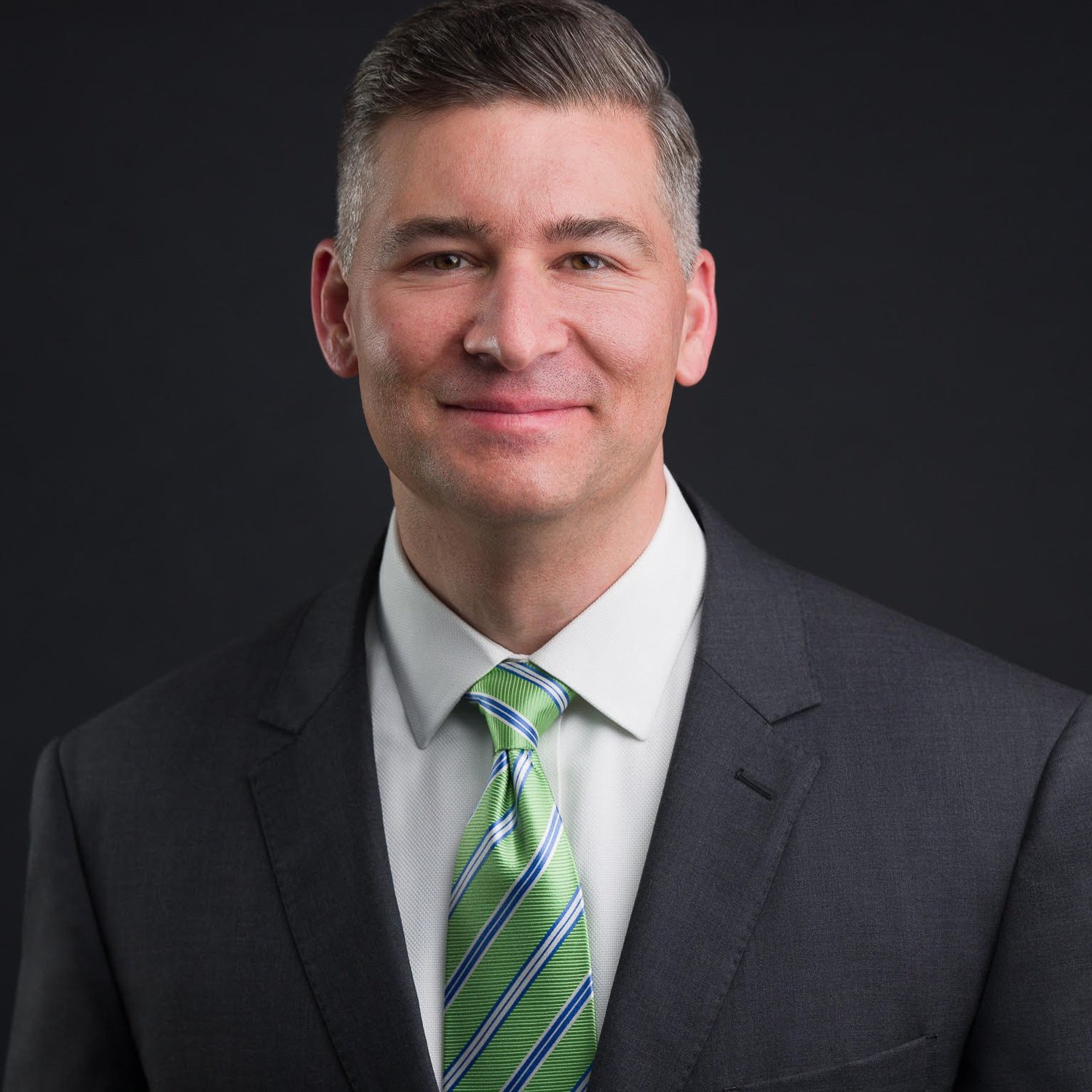What HR People Need to Know About Change
/In a recent post and in some of my research, I’ve been exploring the role that human resources (HR) plays in organizational change. This includes both HR as a function and HR professionals themselves as they get involved (either proactively or reactively) in change efforts.
And there’s one key aspect of organizational change that I think is helpful for HR people to consider. Namely, not all change is created equal, and the nature of change should likely dictate to some degree how HR should respond.
At a basic level, there are two types of organizational change: episodic and continuous.[i] There are additional ways to categorize change,[ii] but let’s focus on these two types.
Episodic change is intentional, event-driven adaptation. In my experience, this is what most people tend to think about when they think about change. A few examples include managing succession of top leaders, instituting new policies or procedures after a crisis, integrating organizations after a merger or acquisition and other planned changes.
In these types of instances, HR leaders are probably likely to find themselves in the role of a change agent. They’ll be visible drivers and supporters of change processes from announcement of the change through its institutionalization.
Continuous change, however, refers to ongoing adaptations. From the perspective of HR, a few examples include integrating survey feedback into leadership practices, aligning incentive systems with desired cultural changes, developing leadership development systems and other adaptations or improvements that build long-term adaptability. This type of change is much more of a process than an event.
In these types of instances, HR leaders might be more likely to be in the role of an adaptation mechanism than a change agent. That is, they function as facilitators, as educators, as ambassadors of change instead of as the driver or leader of the change. While potentially less visible than the role of change agent, the role of adaptation mechanism is arguably just as important and impactful for the adaptability of the organization.
By recognizing a little bit more about the type of change they’re facing, I think, HR leaders are better equipped with insight about what role they should play. And that match between their role and the situation is at the heart of agility—being able to sense and respond to the forces of change.
Related to this topic, I recently had the pleasure of being interviewed for a podcast on “HR's Role in Fostering Agile Behaviors During Changing Times” with the Human Capital Institute. In that interview, we discussed:
- The problems HR leaders and practitioners face with regard to change management and agility
- The concept of design-thinking and how can it be used in change management
- What can HR practitioners do on a more personal level in dealing with individual’s resistance to change
To check out that podcast (it’s only about seven minutes long), click on the video below or click here.
Furthermore, I’m looking forward to learning more about this topic from HR executives and other smart colleagues at the 2016 Human Capital Summit in New Orleans, March 29-30. The theme of that conference is “Agile Talent Strategies for Managing Change and Shifting Priorities,” and I’d love to see you there. Click here for more about the conference.
What else can HR leaders do to facilitate adaptation within their organizations? Are there different strategies for managing change that work better in some situations than in others? Leave a comment below!
Find this thought provoking? Like and share!
About Ben Baran
Ben Baran, Ph.D., is probably one of the few people in the world who is equally comfortable in a university classroom, a corporate boardroom and in full body armor carrying a U.S. government-issued M4 assault rifle. Visit: www.benbaran.com.
[i] Karl E. Weick and Robert E. Quinn, “Organizational Change and Development,” Annual Review of Psychology 50, no. 1 (1999): 361–86.
[ii] Donde Ashmos Plowman et al., “Radical Change Accidentally: The Emergence and Amplification of Small Change,” Academy of Management Journal 50, no. 3 (2007): 515–43.


